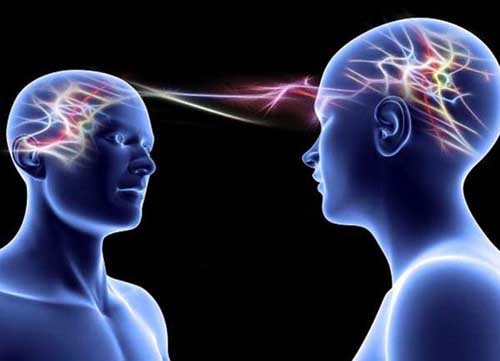
The idea is upright and comprehensible. One cannot deny witnessing the ability of synchronisation, especially when it is performed as alluring and amusing, for example as illustrated in dancing and other performing arts. The phenomenon of course, occurs with particular array of characteristics and rules. Many of these described in Periodic and Aperiodic Synchronization in Skilled Action.
There are many articles that offer their view on joint action. Brain-to-brain coupling piece by Uri Hasson and his colleagues proposes somewhat a radical field of vision regarding joint action and attempts to shatter previous ideas. Be that as it may, many concepts described strive to be questioned. For instance the description of brain-to-brain coupling as an “analogous to a wireless communication system in which two brains are coupled via the transmission of a physical signal” (pg. 115). The explanation suggests telepathy between individuals via “physical signal”. The evidences for this theory are accumulated from various scientific backgrounds, including neuroscience, developmental and social sciences. However none of cited experiments appears to be Hasson’s work, furthermore the paper lacks its own model.
Brain-to-brain coupling is an example of one of many contemporary opinions regarding joint action. Patently it is not a very robust one. It seems as though there is vast amounts of literature with different and contrasting ideas regarding joint action. One must consider being critical and questioning the evidence that support the given theory. Joint action is an apparent phenomenon; however the journey of determining the processes and cause is not yet accomplished.
No comments:
Post a Comment